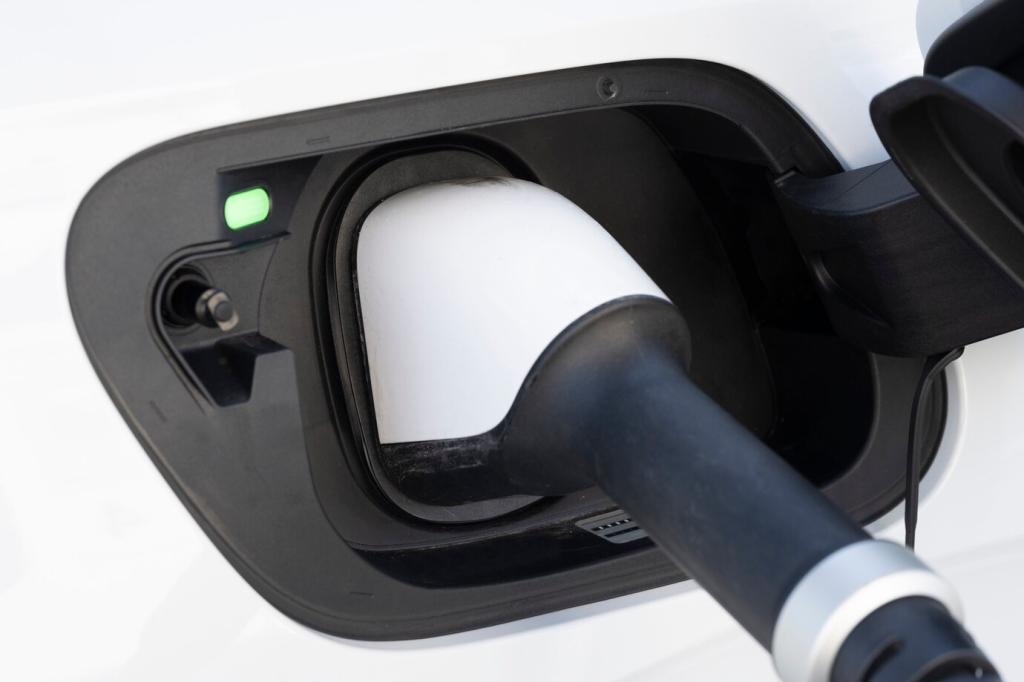Define Your Charging Scenario Before You Shop
List your typical charging windows, from overnight home sessions to midday fleet turnarounds. Dwell time dictates power needs, cable length, and scheduling features. The clearer your patterns, the better you can evaluate providers promising uptime and queue management that match real life.
Define Your Charging Scenario Before You Shop
Confirm the connector standards and power bands required by your vehicles, now and in the next two model cycles. CCS, CHAdeMO, NACS, and AC Type 2 each carry implications for speed, compatibility, and cost. Providers should specify certified options, adapters, and upgrade paths.




